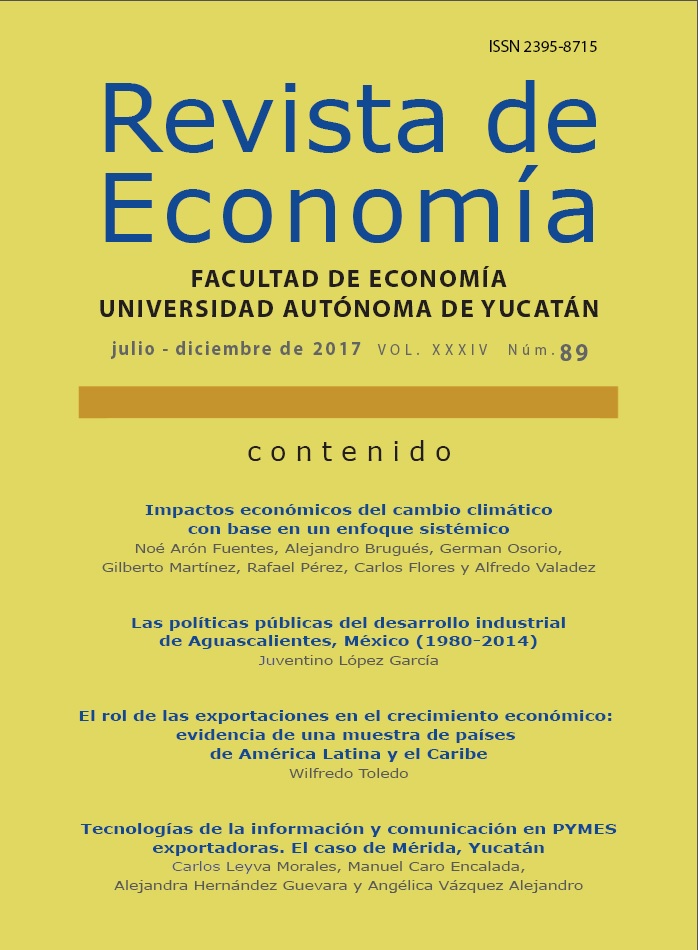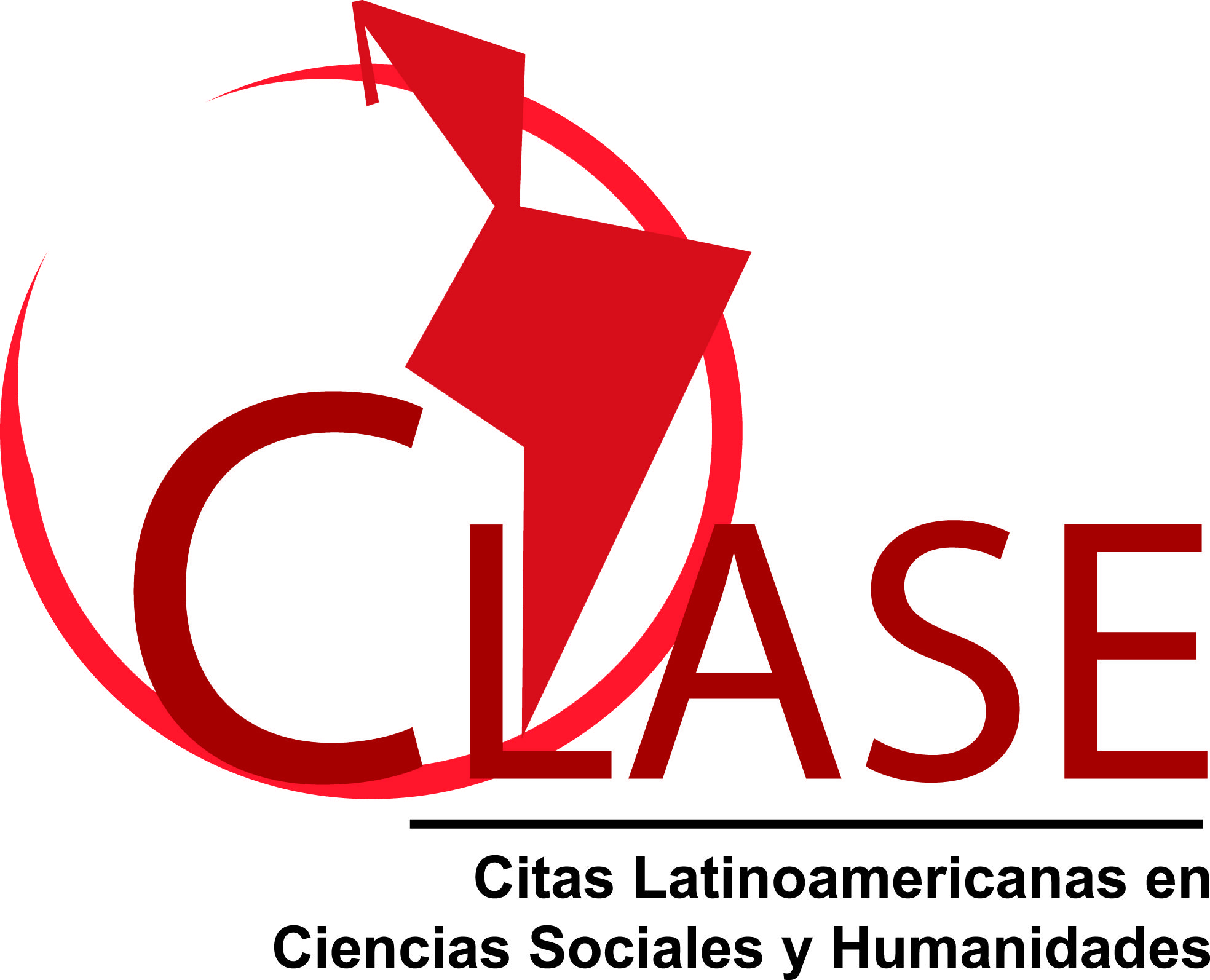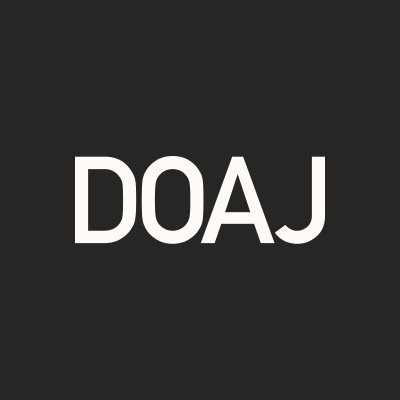Information and communication technologies in exporting SMES. The case of Merida, Yucatan
Abstract
The economic situation which deprives the country puts pressure so that small and medium-sized enterprises (which make up more than 90% of those existing in Mexico) adopted the use of information and communication technologies in order to activate their processes, participate in the generation of innovation and obtaining more accurate, timely and reliable information that may lead to the generation of value for the company. In that sense, an explanatory model was developed to validate the hypothesis: A high level of use of information and communication technologies, with leads to a high level in the percentage of income in small and medium exporting company of Yucatan. Data collection was based on a survey by means of a schedule of interview with owners and managers of 96 of these companies in the primary and secondary sectors, resulting in three statistical models based on multiple regression analysis. Results reveal in developed econometric models, three were the variables that stood out: the percentage of personnel using Internet, the number of computers connected to the Internet and computerized reservation system; the indicators obtained confirmed, according to the principles of the theories of the enterprise and the environment, that the percentage of income in these companies is satisfactorily explained by the extent of use of the Information and communication Technologies. It is concluded that the proper use of ICT in the majority of exporting SMEs in the city of Mérida is turning them into an effective tool that they are using to strengthen its competitive advantages.
Copyright (c) 2017 Universidad Autónoma de Yucatán

This work is licensed under a Creative Commons Attribution-NonCommercial-ShareAlike 4.0 International License.
D.R. © Revista de Economía
The conditions that are required when granting the attribution license called CC -BY-NC-SA are the following:
1. The Universidad Autónoma de Yucatán must be clearly identified as the owner of the copyright of the original publication.
2. The material may not be used for commercial purposes.
3. Any derivative work must be published and distributed under the same open access license as the original publication.











